Melbourne, Australia, has a well-organized grid layout for its streets and a multitude of principal streets. Here are some of the key streets in Melbourne:
- Swanston Street: Swanston Street is one of Melbourne’s main north-south thoroughfares and runs through the heart of the city. It is known for its tram tracks, shops, and cafes.
- Flinders Street: Flinders Street is a major east-west street in the central business district (CBD) and is famous for Flinders Street Station, one of Melbourne’s most iconic landmarks.
- Collins Street: Collins Street is a prominent east-west street in the CBD known for its upscale shops, corporate offices, and historic architecture.
- Bourke Street: Bourke Street is a bustling east-west street that is home to retail stores, restaurants, and entertainment options.
- Elizabeth Street: Elizabeth Street is another north-south thoroughfare running parallel to Swanston Street, with a mix of shopping and dining establishments.
- King Street: King Street is located in the western part of the CBD and is home to many bars, nightclubs, and entertainment venues.
- Lonsdale Street: Lonsdale Street is an east-west street with a mix of retail and dining options.
- Exhibition Street: Exhibition Street is known for its proximity to Melbourne’s Exhibition and Convention Centre and the Royal Exhibition Building.
- Russell Street: Russell Street is another north-south street that intersects with Bourke Street and is home to various businesses and eateries.
- St Kilda Road: St Kilda Road is a major avenue extending south from the CBD and is lined with parks and cultural institutions like the National Gallery of Victoria.
These are some of Melbourne’s principal streets, and there are many more streets and laneways that make up the city’s extensive road network. Melbourne’s street grid is relatively easy to navigate, and the city’s public transportation system, including trams and buses, makes it convenient to get around.

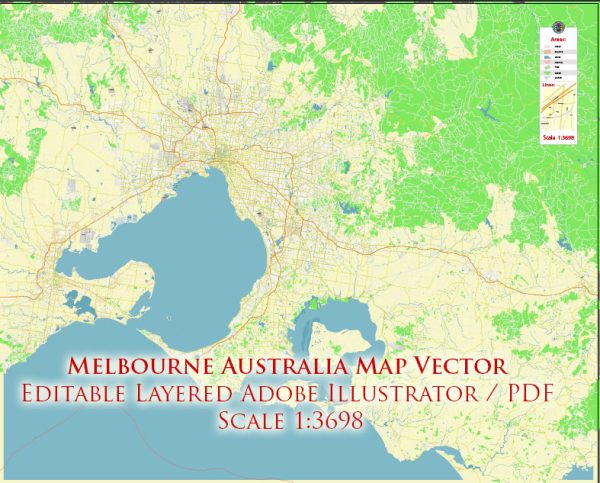
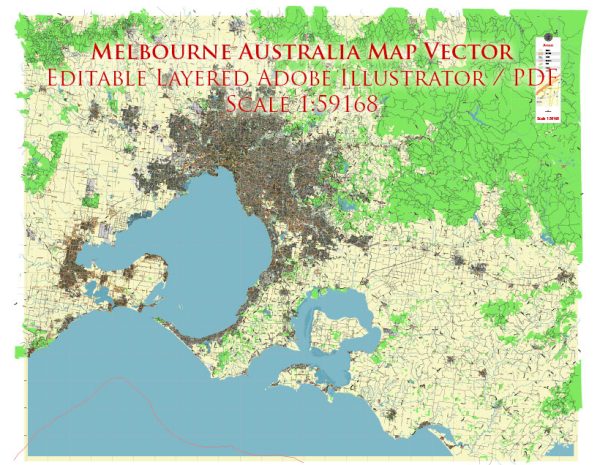
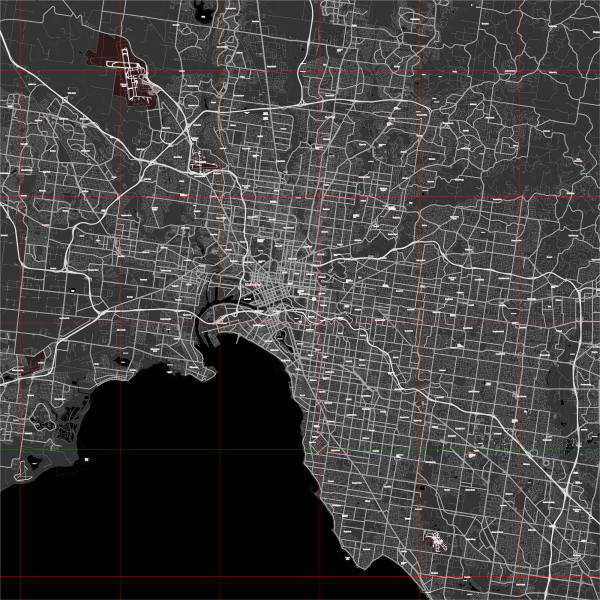
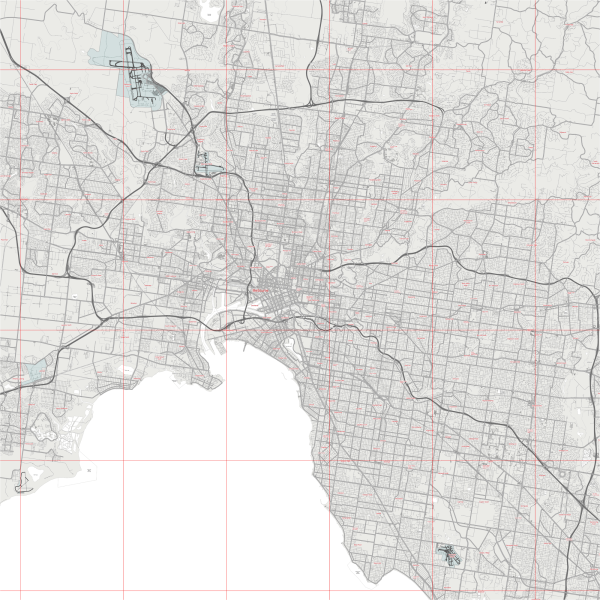
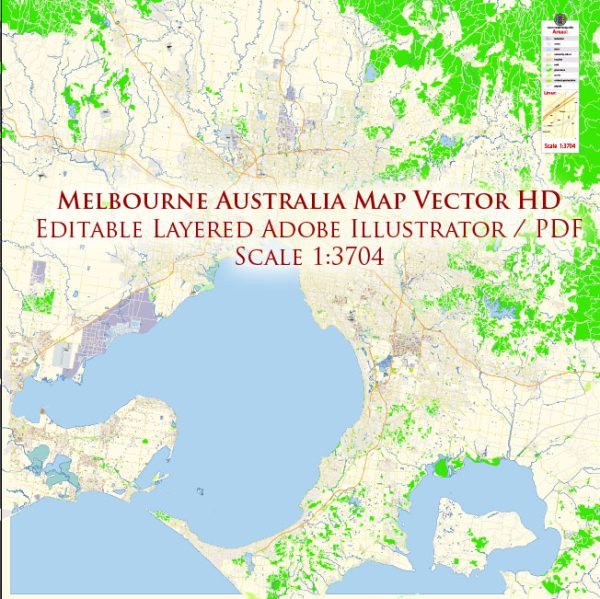
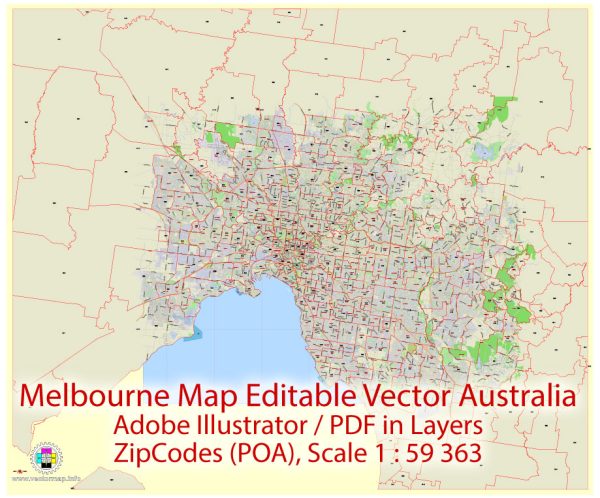
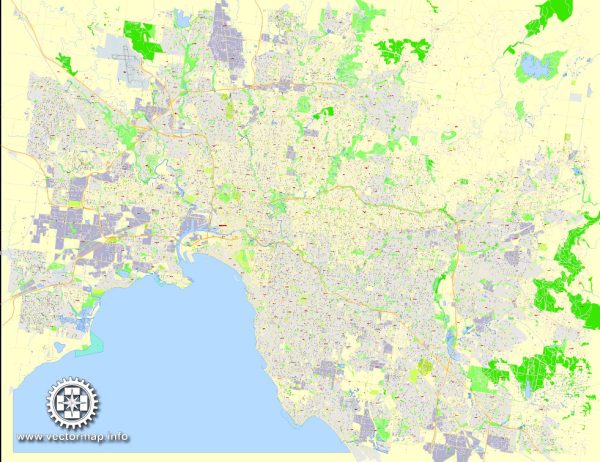
 Author: Kirill Shrayber, Ph.D.
Author: Kirill Shrayber, Ph.D.